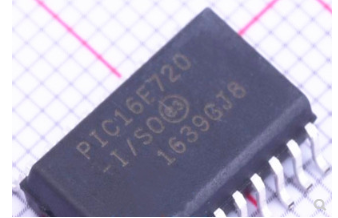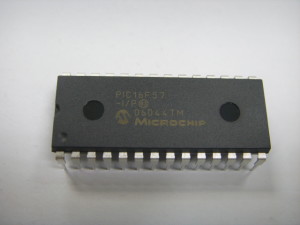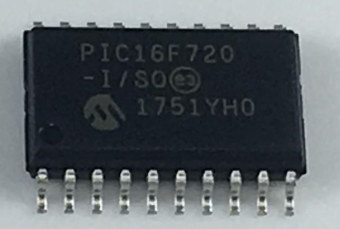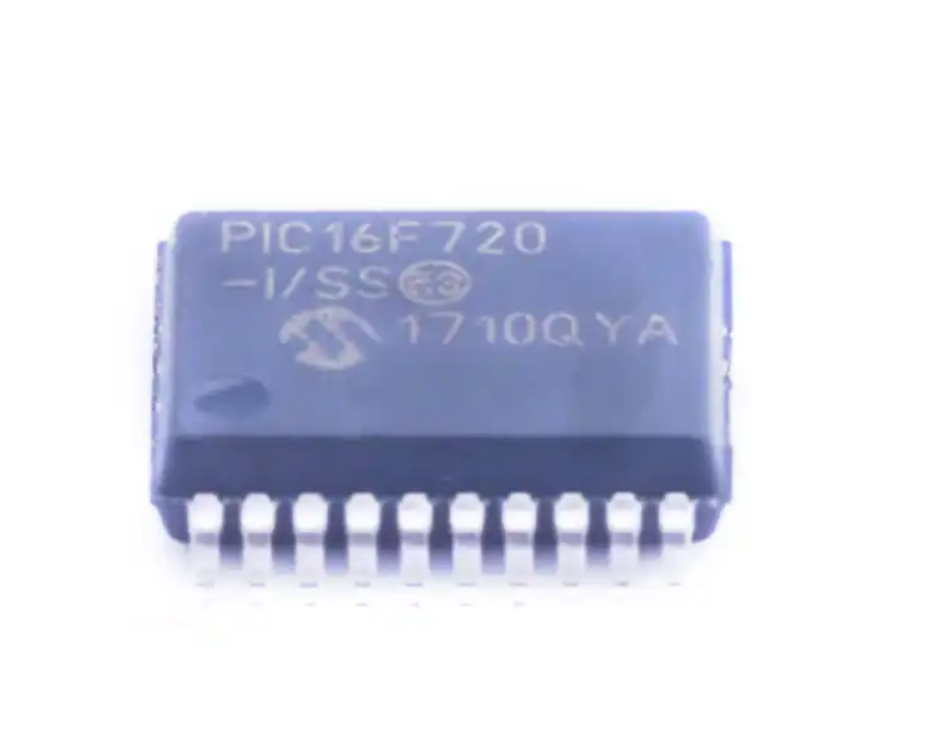Extract PIC MCU PIC16F720
The PIC16F720 is a high-performance 8-bit microcontroller (MCU) from Microchip, widely deployed in cost-efficient embedded control systems. Featuring an internal oscillator, analog comparators, multiple timers, and robust EEPROM and flash memory, the PIC16F720 provides reliable functionality for consumer electronics, industrial tools, and automation equipment. However, its compact design also includes strong security protections that make it difficult to extract PIC MCU PIC16F720 data once the chip is locked.

In many real-world scenarios, original firmware files, configuration data, or embedded programs stored within the MCU become inaccessible. This could happen due to damaged source files, loss of backups, or the need to copy and maintain legacy systems. The inability to access or readout the chip’s contents can result in system downtime, production delays, or expensive re-engineering efforts.
When access is lost, customers often look for ways to retrieve, recover, or restore the embedded firmware from a protected chip. The goal is often to replicate, duplicate, or clone the device to ensure continuity or system integration.

The PIC16F/LF720 and PIC16F/LF721 devices are programmed using In-Circuit Serial Programming™ (ICSP™). This programming specification applies to the PIC16F/LF720 and PIC16F/LF721 devices in all packages which is important in the process of Extract PIC MCU PIC16F720. With the exception of memory size and the voltage regulator, all other aspects of the PIC16F/LF720 and PIC16F/LF721 devices are identical.
The PIC16F720 includes built-in readout protection, implemented through fuse bits that secure the flash and EEPROM memory from external access. Once these fuse bits are enabled, any attempt to access the internal program, binary, or heximal archive via standard methods will be blocked or may even result in memory erasure.

Further complicating the process is the fact that these fuse bits cannot be disabled or bypassed using ordinary development tools. Advanced knowledge in reverse engineering, decapsulation, and embedded system analysis is required to understand how to open and interface with the chip’s internal architecture.
Attempts to break or hack this protection without proper tools can lead to permanent damage, making it impossible to recover the source code or re-use the chip.
The PIC16F/LF720 and PIC16F/LF721 have two Configuration Words, Configuration Word 1 (2007h) and Configuration Word 2 (2008h). The individual bits within these Configuration Words are used to enable or disable device functions such as the Brown-out Reset, code protection and Power-up Timer.
We offer a professional and confidential service tailored to extract PIC MCU PIC16F720 securely and effectively. Our process involves advanced lab-grade techniques capable of identifying and disabling protection mechanisms such as fuse bits, allowing us to dump the embedded firmware without damaging the microprocessor or compromising data integrity.

Using a combination of non-invasive analysis and precise chip-level procedures, we can unlock the secured areas of the MCU, retrieve the original program, and deliver the reconstructed binary or hex file for reuse or replication. Whether you need to copy, replicate, or reverse engineer a specific application, we have the expertise and tools to meet your needs.
For the PIC16F/LF720 and PIC16F/LF721 devices, the 16 MHz internal oscillator (INTOSC) and the Brown-out Reset (BOR) are factory calibrated and stored in Calibration Words 1 and 2 (2009h and 200Ah). The Calibration Words do not participate in erase operations. The device can be erased without affecting the Calibration Words.
- Proven success with Microchip’s locked MCU series, including the PIC16 family
- Specialized techniques to remove fuse bit protection without damaging the chip
- Full confidentiality and legal compliance for all recovery and duplication services
- Support for industrial, commercial, and custom-built embedded systems
If you are facing challenges with a locked PIC16F720 and need to extract, restore, or duplicate its firmware, we provide the ideal solution to recover your investment. Contact us for secure and reliable recovery of embedded microcontroller systems.
Tags: раскол?на IC заключен програмно осигуряване,раскол?на IC заключен флаш,раскол?на IC заключен фърмуер,раскол?на IC заключен шифър

